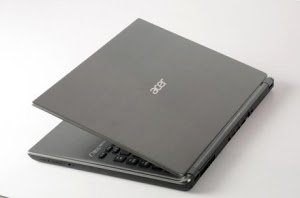
Virtualization: Using software, virtualization creates an abstraction layer over physical hardware.Instead, you have the following three main options: Unfortunately, you can’t use Rosetta to run your favorite Linux distributions alongside macOS. Using this translator, it’s possible to run apps that were developed for Intel-based Macs on M1-based Macs without any extra work. Basically, they speak a different language, which is why Apple developed a dynamic binary translator called Rosetta. M1-based Macs use a different instruction set (ARM) than their Intel-based siblings (x86-64). What Are My Options for Running Linux on M1 Macs?

There’s just one major problem with them: they don’t exactly make it easy to run Linux.įortunately, running Linux on an M1-based Mac isn’t impossible either, and we explain how to do just that in this article. Thanks to their ARM architecture, M1-based Macs are extremely power-efficient and offer better performance than many comparable PCs. Apple is on a roll with its current lineup of M1-based Macs, which now includes the compact Mac mini, the stylish iMac, the silent MacBook Air, and the beastly MacBook Pro.


 0 kommentar(er)
0 kommentar(er)
